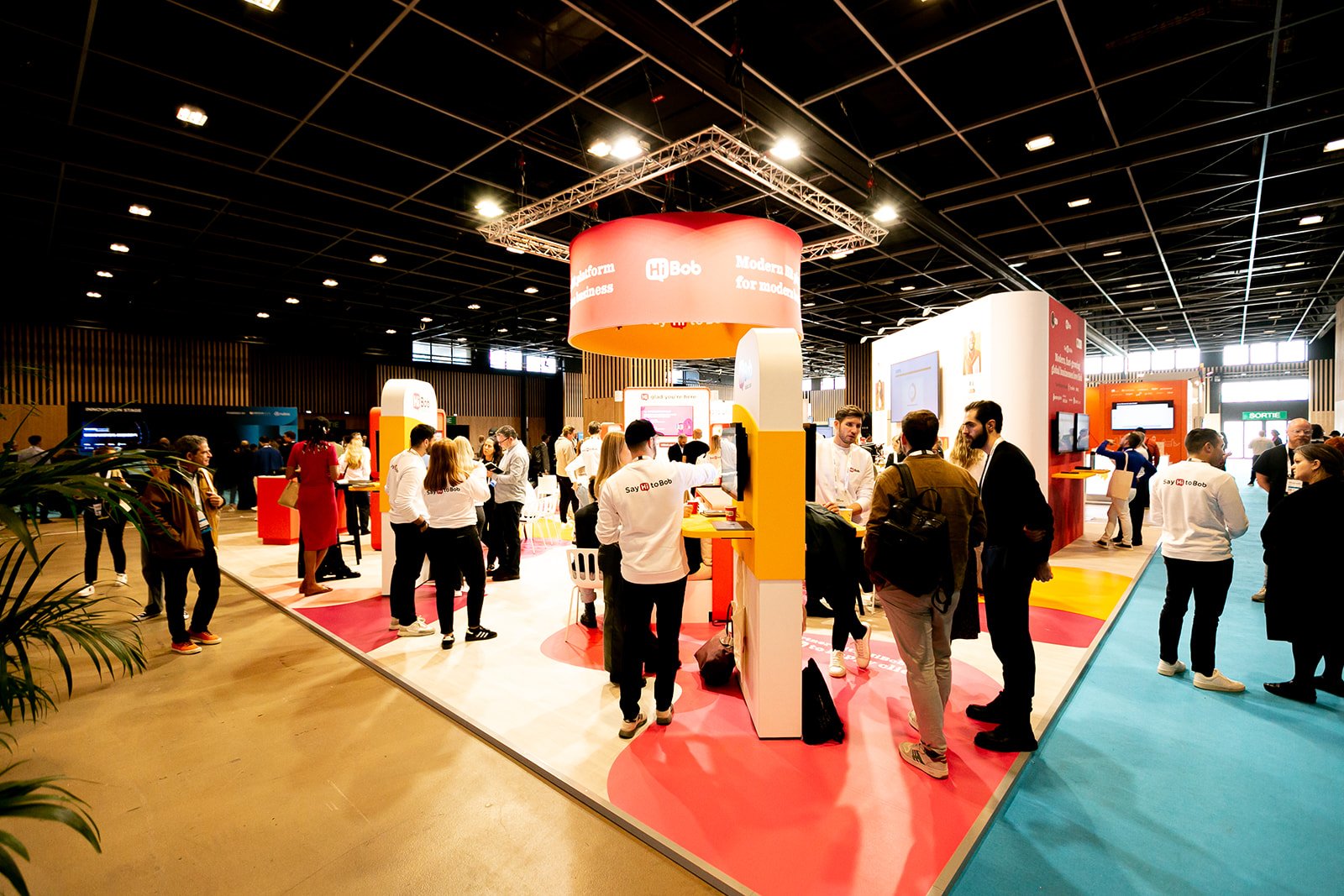Title 1
Lorem ipsum dolor sit amet
Building a Scalable Event Design Framework at HiBob
Title 2
Lorem ipsum dolor sit amet
Title 3
Lorem ipsum dolor sit amet
Title 4
Lorem ipsum dolor sit amet

Brief Overview
At HiBob, a rapidly growing SaaS company, I led the creation of a modular, scalable event design system used across global offices. Our goal was to streamline event branding while empowering local teams to produce high-impact, on-brand booths quickly and efficiently. This initiative reduced design delivery time, improved brand consistency, and enabled better collaboration between marketing, design, and regional teams.

The Challenge
HiBob's global events calendar required frequent booth designs across multiple markets.
However, each region operated independently, leading to inconsistent visuals, long approval cycles, and repeated design work. With over 8 stakeholders across different geographies, there was no shared system — just lengthy briefs, unclear expectations, and a lack of brand cohesion.
This was a pivotal moment: as HiBob scaled, we needed to professionalize how we showed up at events — clearly, consistently, and with a people-first design approach — without slowing down or reinventing the wheel each time.
Strategic Approach
To solve this, I developed a clear framework for what makes an effective event booth. This guided every design decision going forward:
My Process
Before:
Each event required starting from scratch.
Briefs were long and often included off-brand requests.
Regional teams worked in silos, leading to inconsistent designs and duplicated efforts.
After:
We launched the HiBob Events Kit — a central hub with design guidelines, messaging templates, mockups, and swag files.
The kit enforced a clear visual hierarchy and prioritized key messaging.
It included examples of past booths while encouraging innovation within established boundaries.
Regional colleagues could now brief local vendors using pre-approved, aligned materials — cutting confusion and design churn.
Reflection
Before:
Different teams were using inconsistent visuals to communicate pay transparency across blogs, guides, decks, and campaigns — creating confusion and missed opportunities for brand recognition.
After:
We launched a unified visual system that now supports all of our pay transparency content across marketing, sales, and product.
Our performance marketing, sales enablement, and product marketing teams all adopted the assets — turning what began as a campaign into a scalable brand system.







